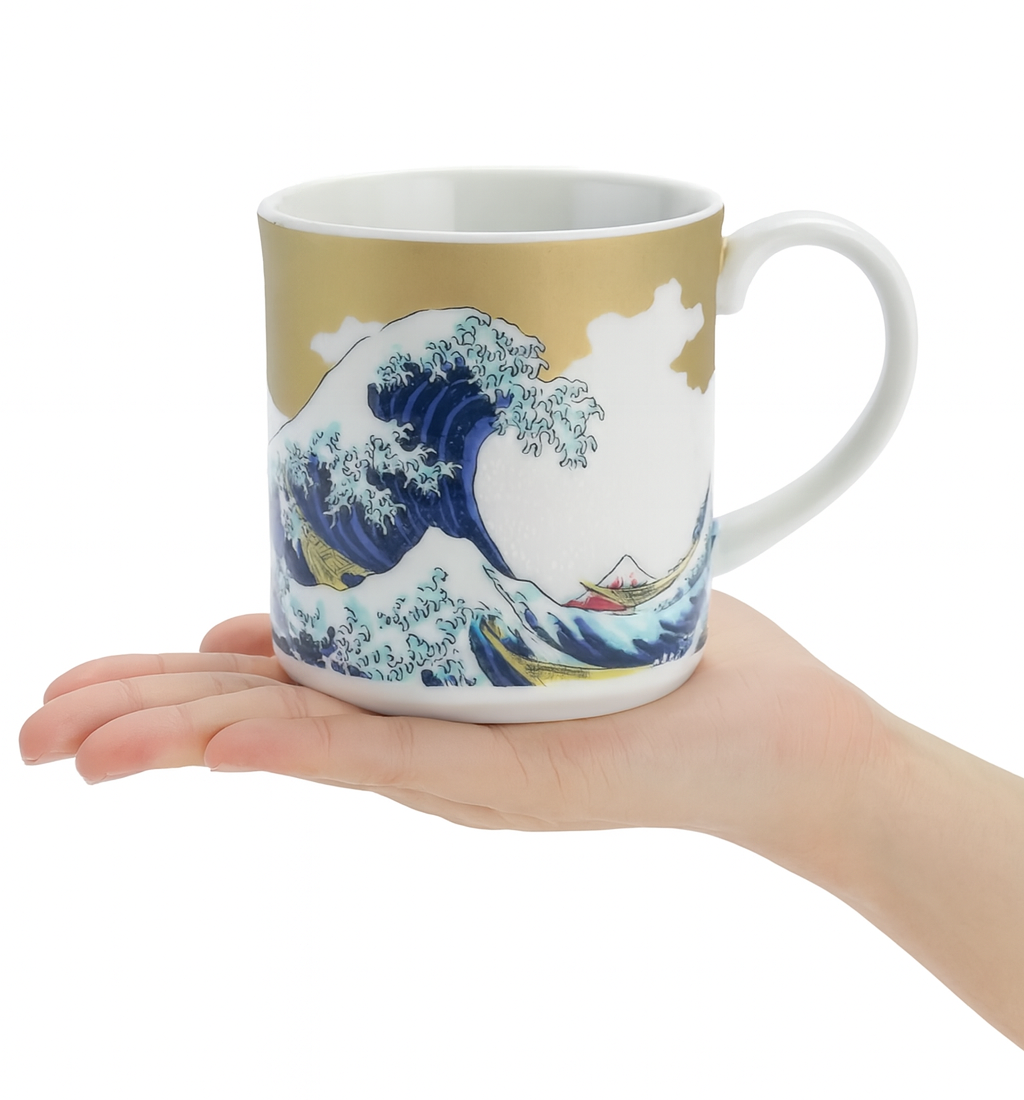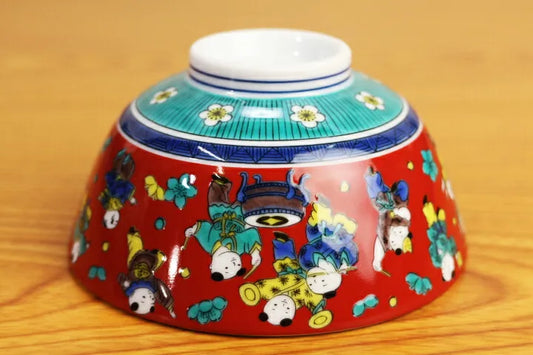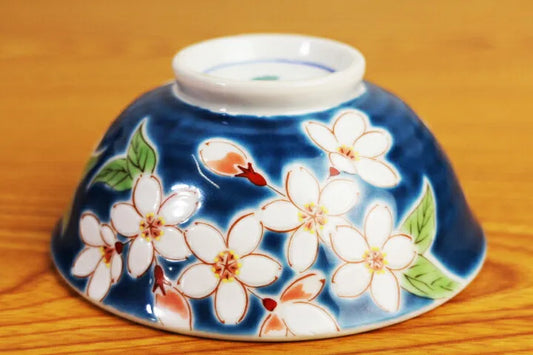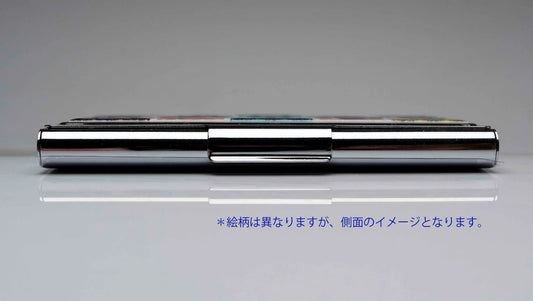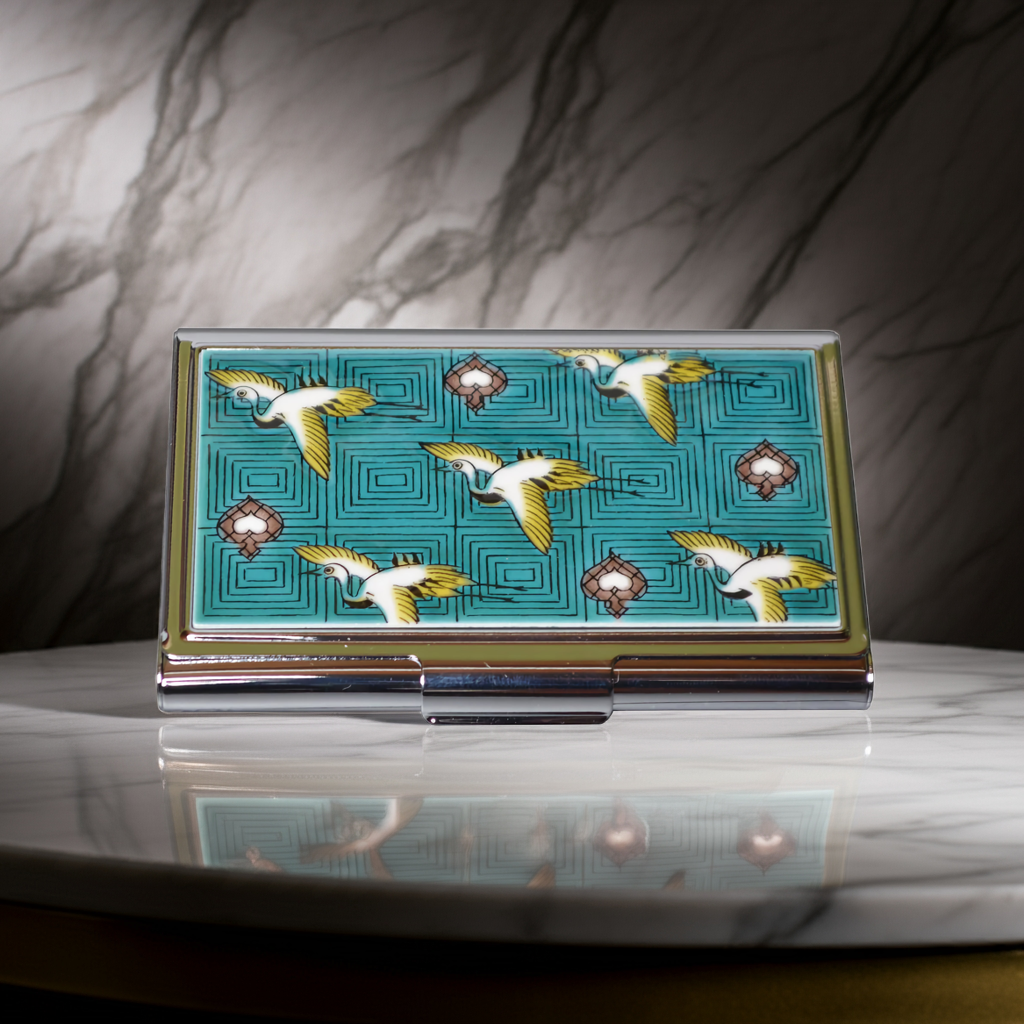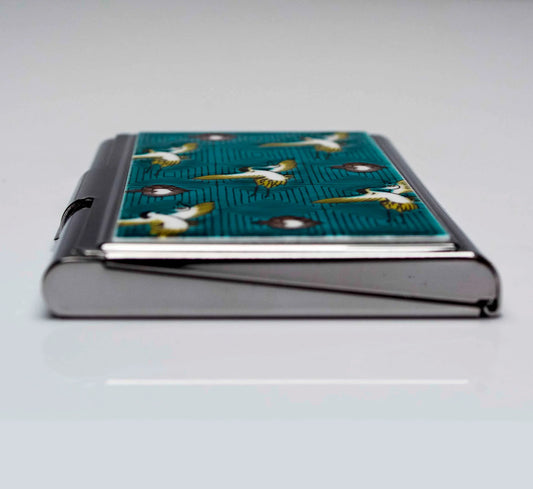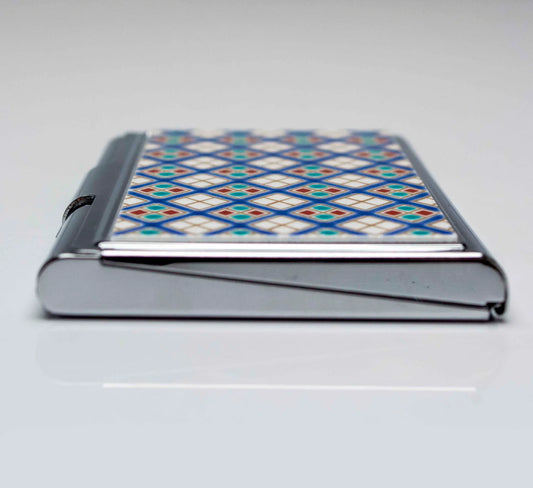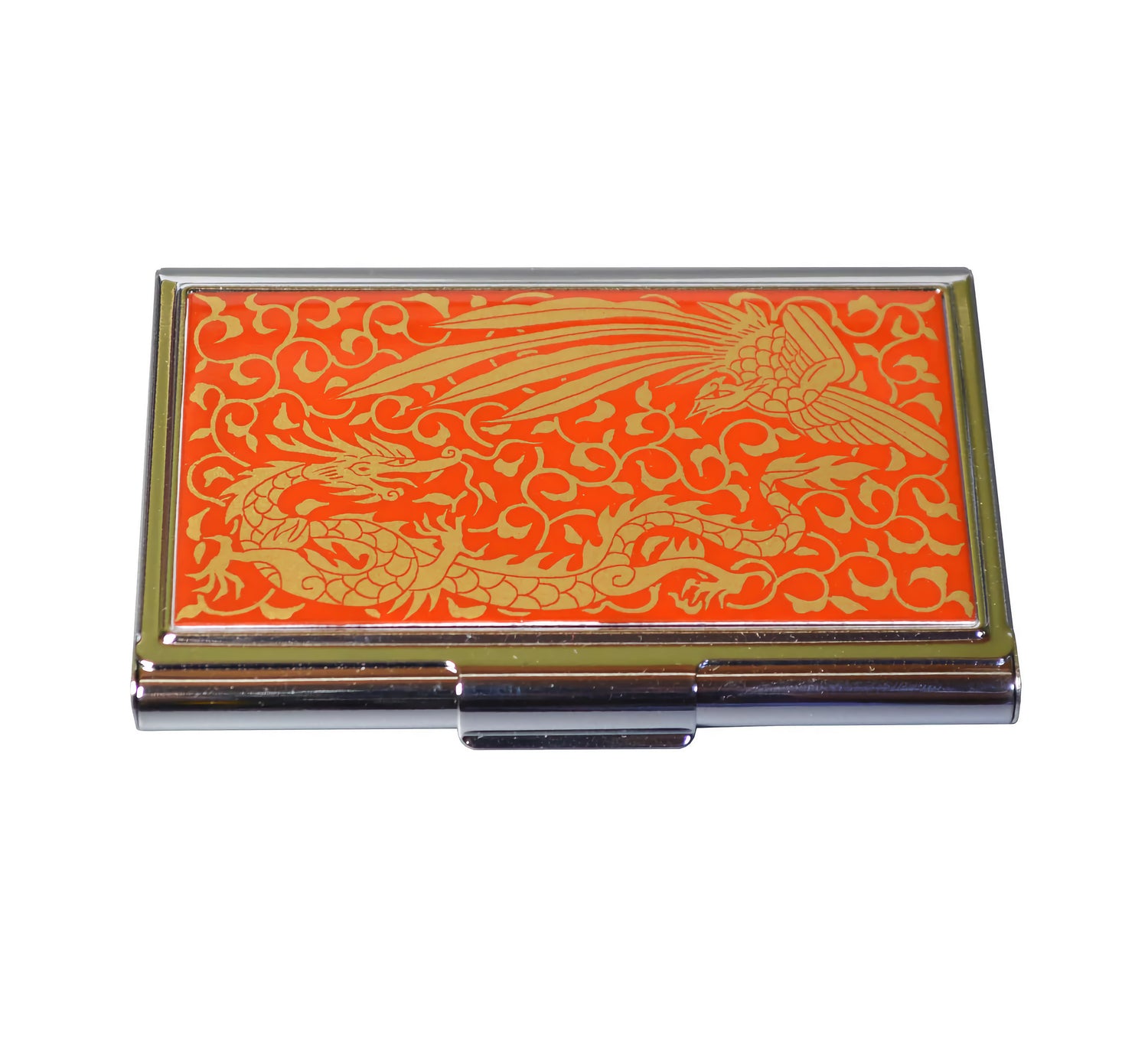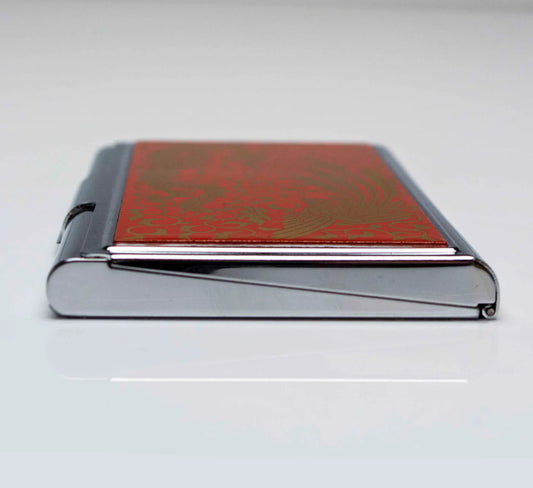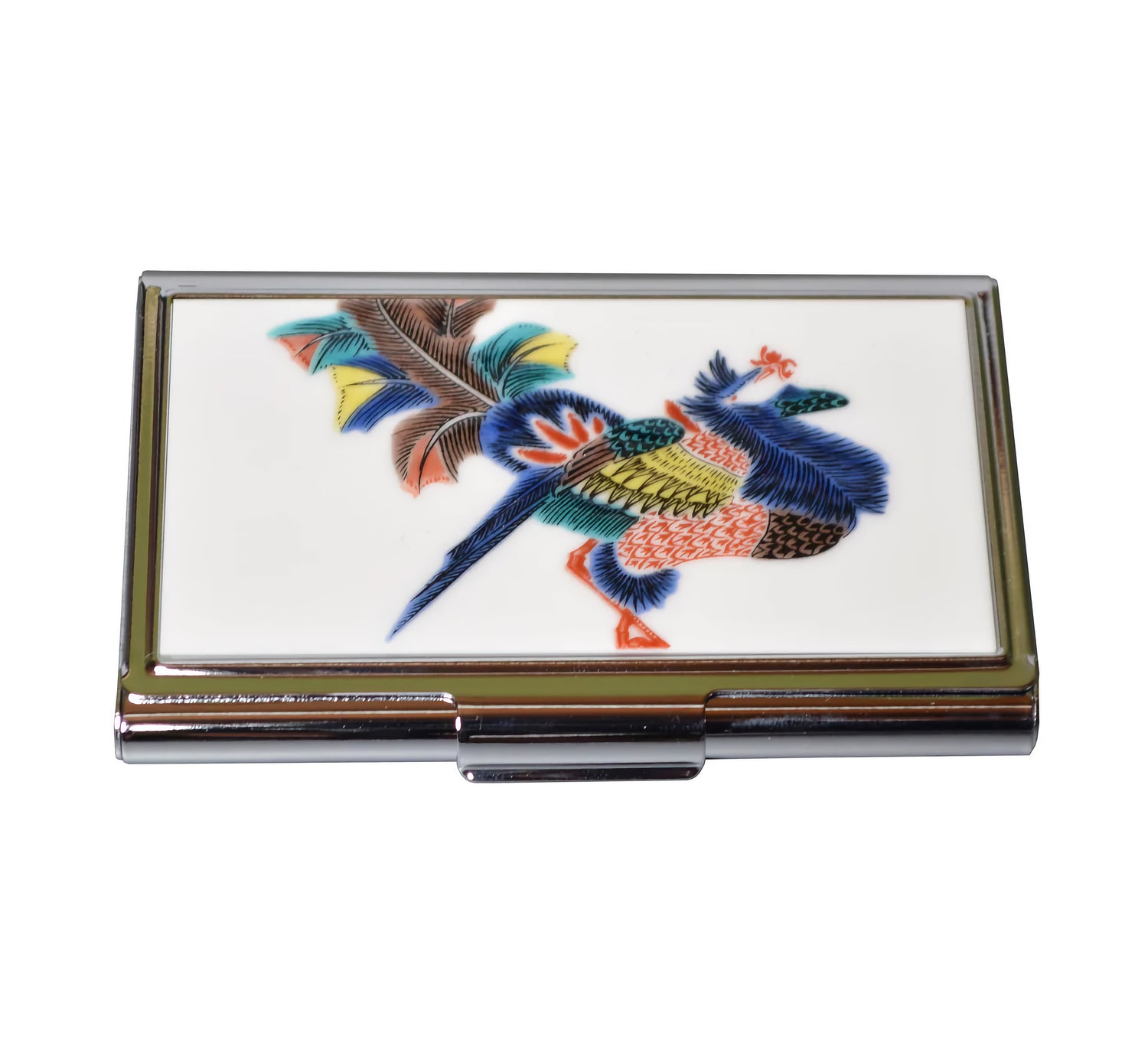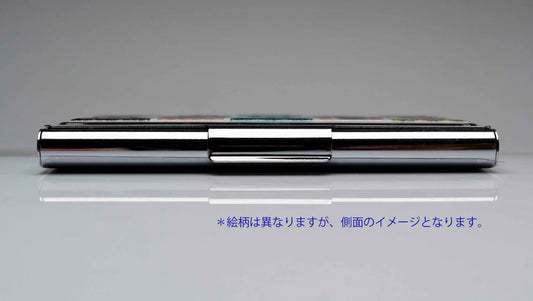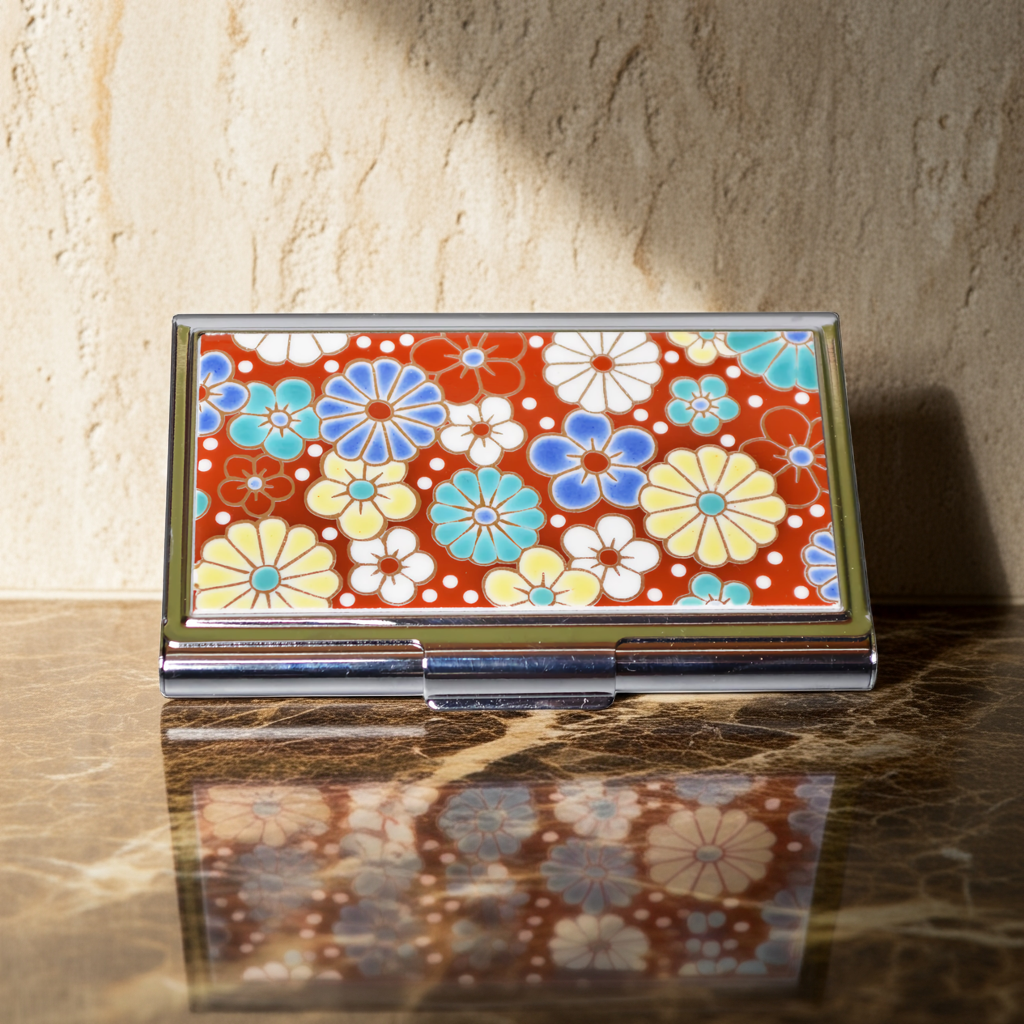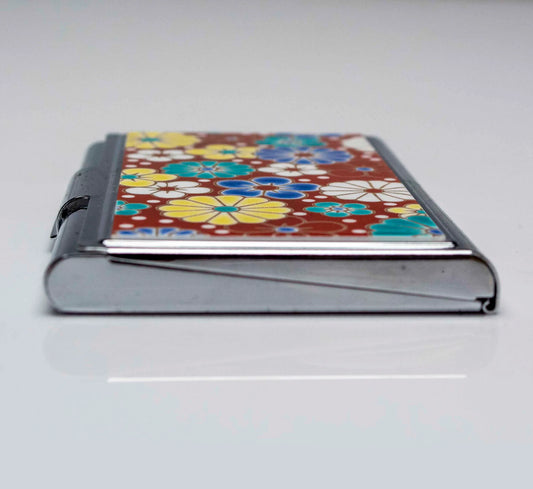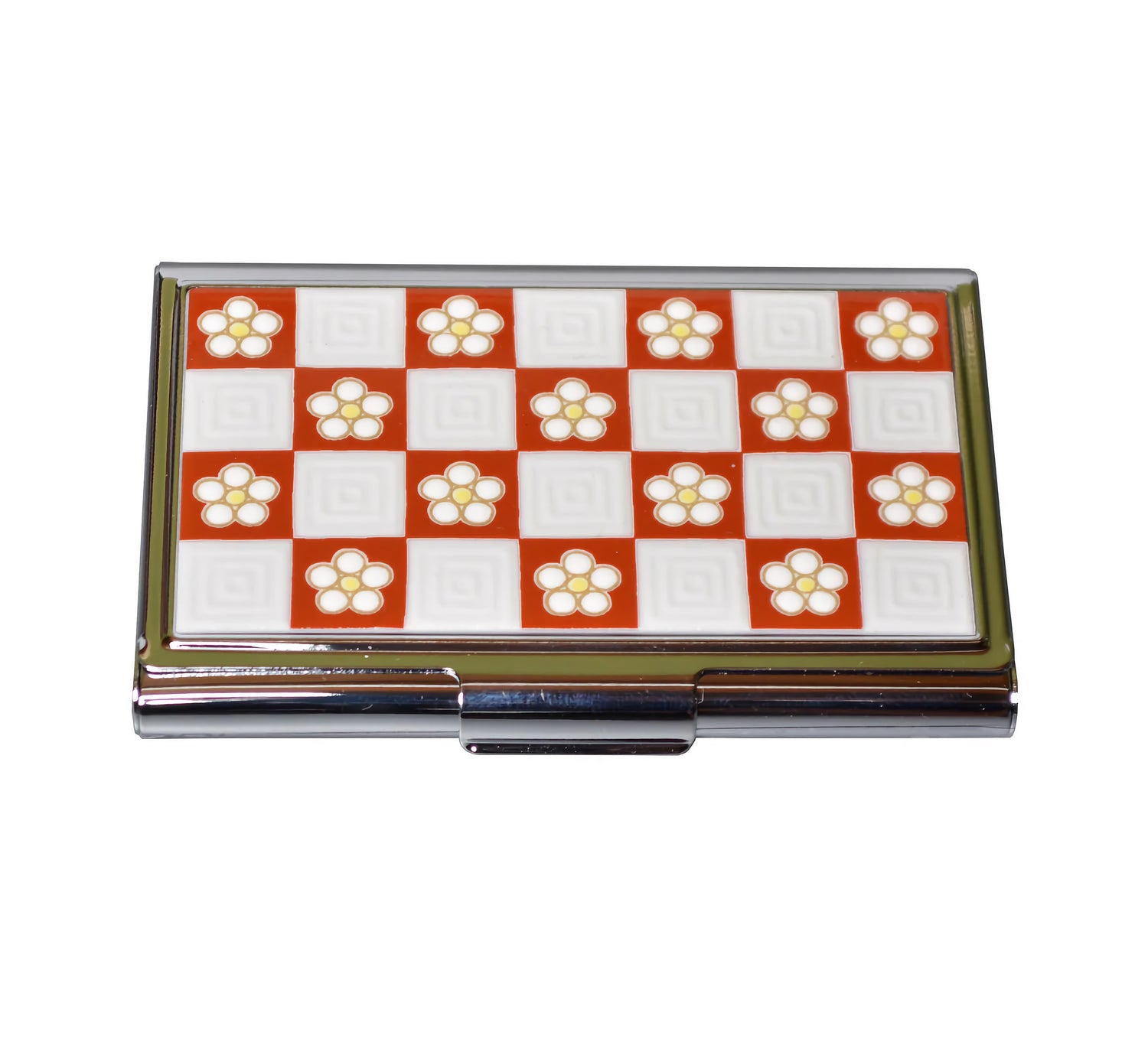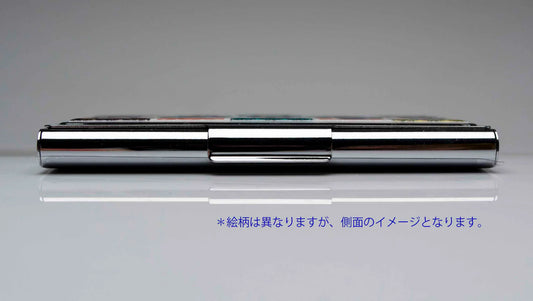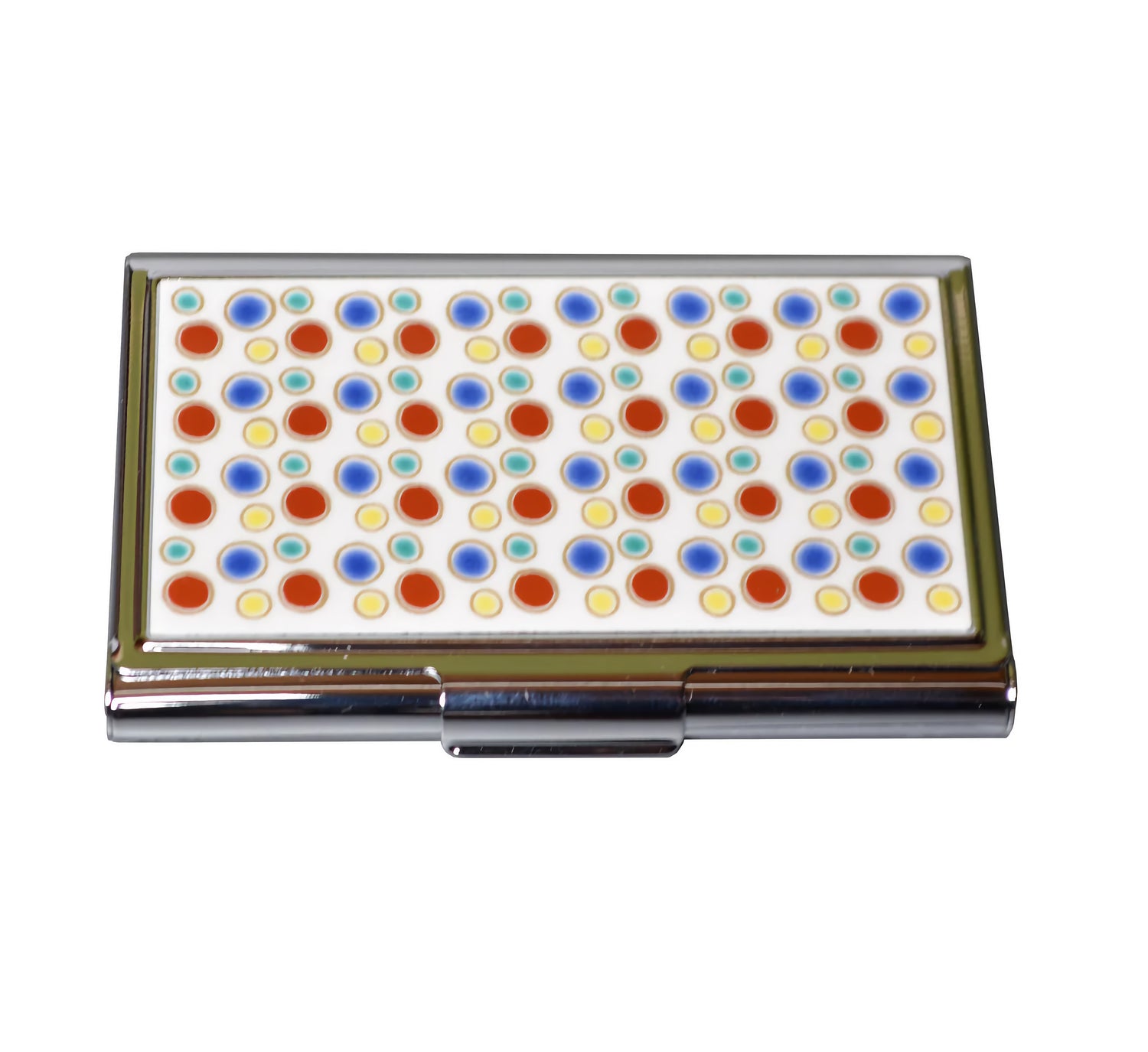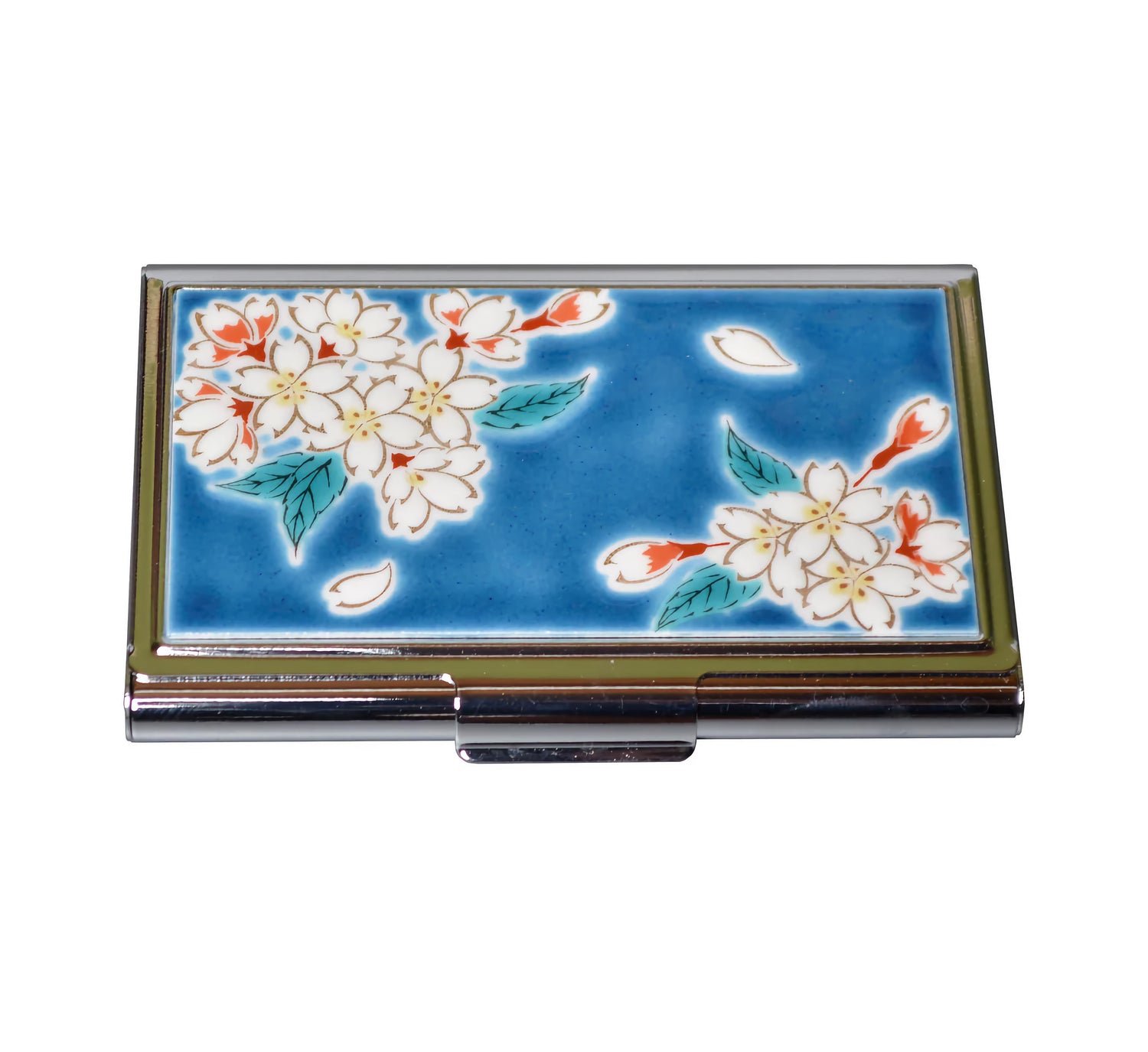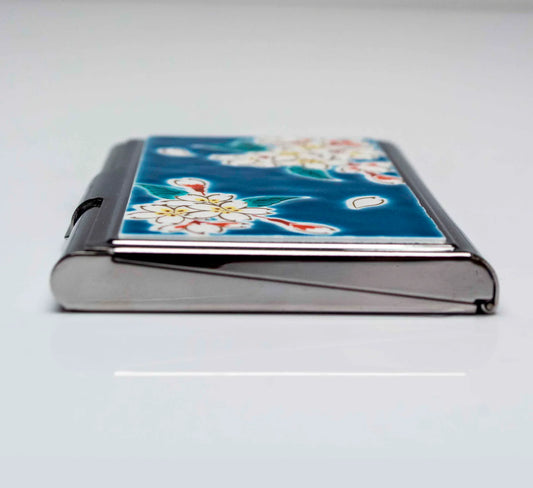
1)High transfer and printing technology makes it possible
Using our original Japanese pigments as ink, the design is printed on transfer paper. The printed image on the transfer paper is then applied to the vessel and fired to complete the vessel. Compared to hand-painting, the process is said to be significantly less
time-consuming and less expensive.

2)Beyond hand painting
Black outline lines called gosu-sen. The veins of the leaves are also drawn with gosu-sen. The design is completed by importing the hand-drawn lines into a computer and arranging the colors on them. The thickness and strength of the kurozu lines can make a big difference in the impression, so the lines are redrawn again and again until a satisfactory line is achieved.

3)The craftsman's skill in applying the transfer paper determines the finished product.
Applying transfer paper to a vessel requires a great deal of skill. It cannot simply be stuck on and finished like a sticker. The transfer paper is very delicate, so the craftsman must use just the right amount of force to remove the air between the container and the transfer paper while applying it. If the wrong amount of force is used, the transfer paper may tear, and if the air is not removed properly, wrinkles may form.The spatula must be used skillfully so as not to damage the image, and so as not to cause the image to sag, but to hold it firmly in place. Exquisite strength is required. If the paper is not adhered in line with the shape of the vessel, the center may be off when viewed as a plate, or for a cup-shaped vessel, the overlap between the beginning and end of the transfer paper may not be aligned, causing the image to collapse.
It requires a high level of skill to apply the transfer paper properly.



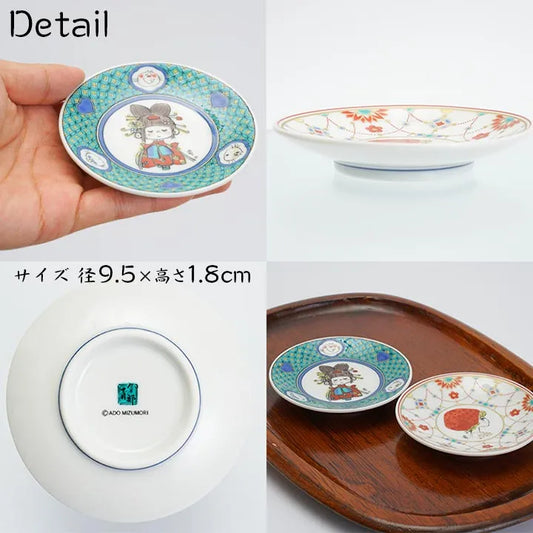
![ALL 21 TYPES: KUTANI IROE × WAKASA LACQUER CHOPSTICKS [BLACK / 23CM] / SEIKOU KILN](http://jp-art.shop/cdn/shop/files/146773989.jpg?v=1741703738&width=1500)
![ALL 21 TYPES: KUTANI IROE × WAKASA LACQUER CHOPSTICKS [BLACK / 23CM] / SEIKOU KILN](http://jp-art.shop/cdn/shop/files/ythdtyh.jpg?v=1741733970&width=533)






